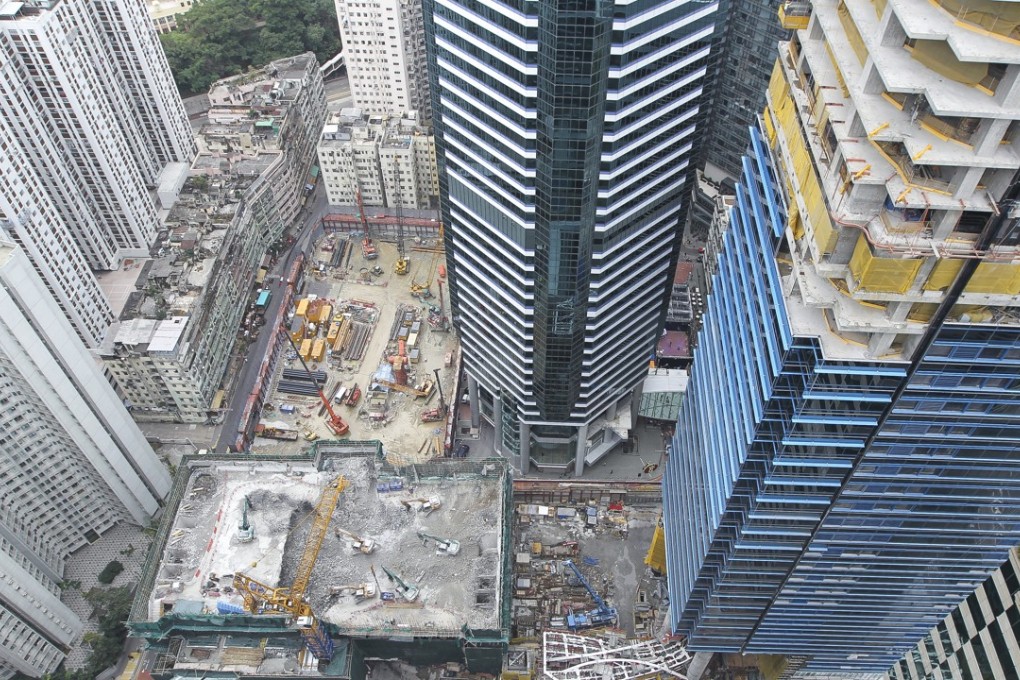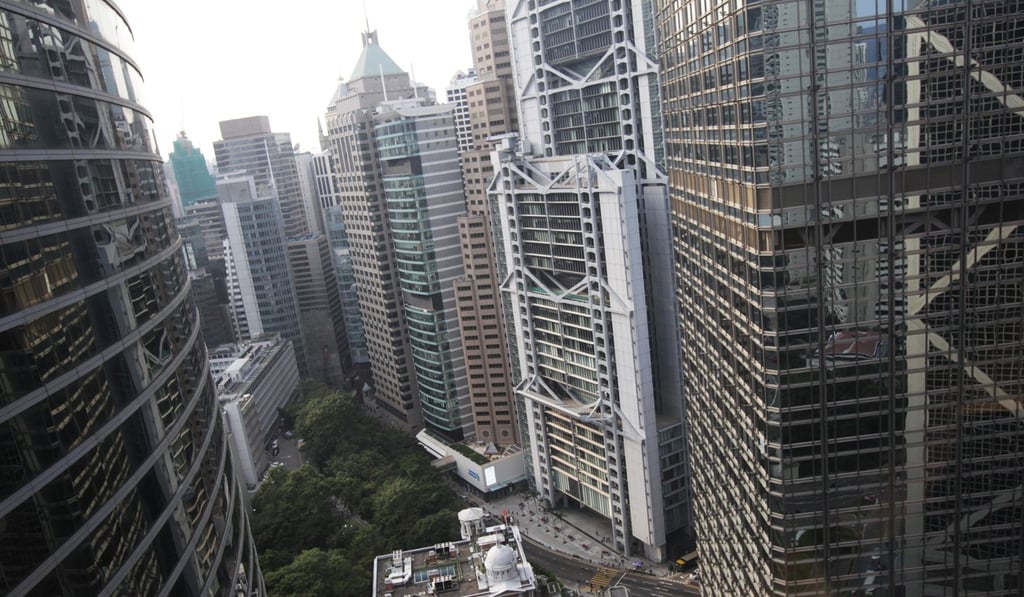Concrete Analysis | Look east: MNCs find Hong Kong’s alternate CBD to Central
A total of 63 Fortune 500 companies occupy about 2.2m sq ft of office spaces in Hong Kong East

Situated on the eastern side of Hong Kong Island and traditionally seen as a decentralised office area, the Hong Kong East grade A office market landscape is changing fast. The submarket has steadily evolved from being largely a corporate back office to the city’s alternative central business district (CBD) that now attracts top-tier MNCs from the non-banking financial, professional services and legal sectors.
Hong Kong East has taken flight in recent years as a growing number of MNCs have relocated part of, if not their entire, office to the submarket against high rents in the city’s core office areas and the changing perception of traditional workplace by companies. Today, a total of 63 Fortune 500 companies occupy around 2.2 million square feet of office spaces. Of these, a little under 70 per cent have their Asia-Pacific headquarters or local head offices in the submarket.
Hong Kong East has benefited from a red-hot rental market in greater Central, which is driving a growing number of companies out. Greater Central rents have skyrocketed 37.9 per cent to a net HK$129.80 (US$16.57) per sq ft a month since bottoming out in the third quarter of 2014. Strong demand from mainland Chinese companies along with limited availability (3.7 per cent at end-2017) has allowed landlords to push rents higher with some tenants, reportedly, facing rental increases of as much as 50 per cent, having only signed the original leases a few years ago. Greater Central office rents are now standing at the world’s costliest, more than double those in the City of London.
Escaping high rents is not the only reason that drives occupiers to Hong Kong East. The growing appeal of the submarket, coupled with the changing perception of traditional workplace by companies to better attract and retain talent also plays an important role.

The growing appeal of the submarket, coupled with the changing perception of traditional workplace by companies to better attract and retain talent also plays an important role
